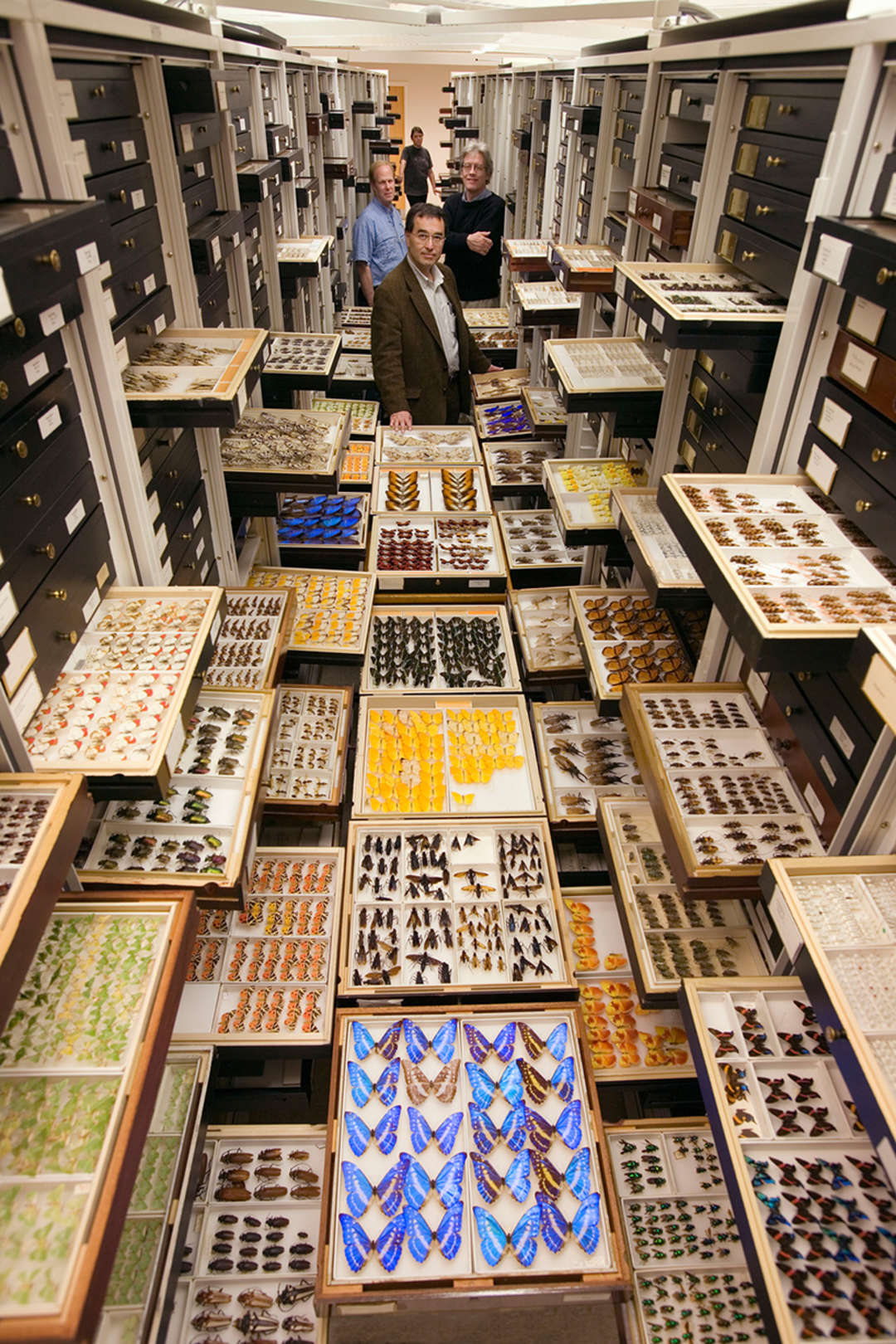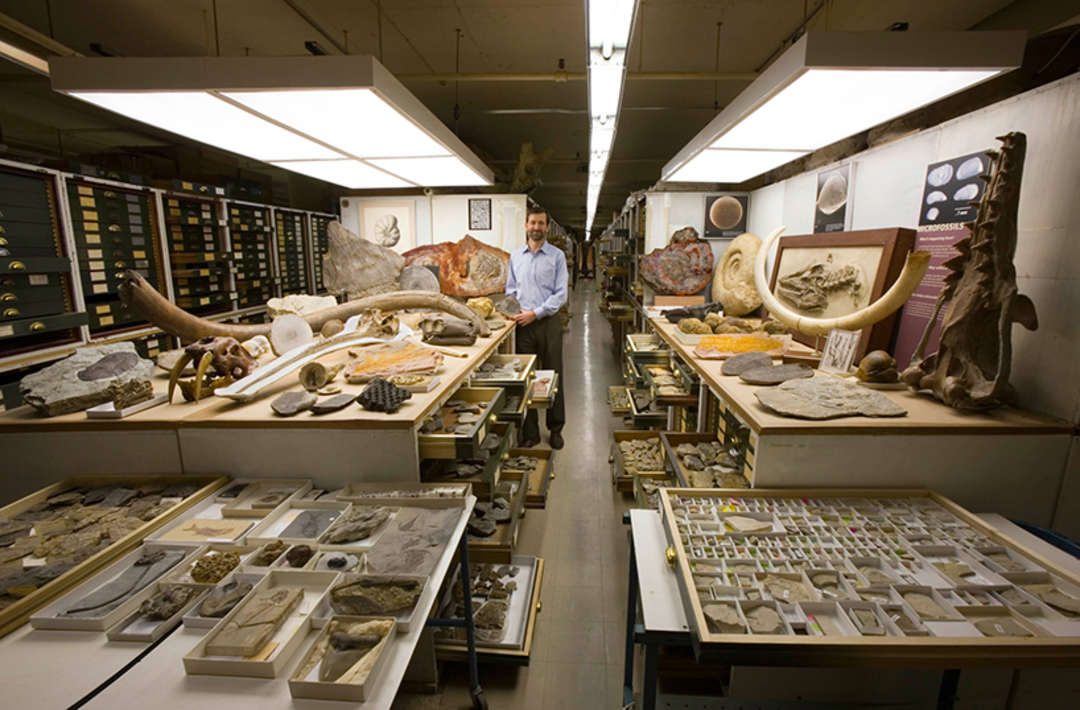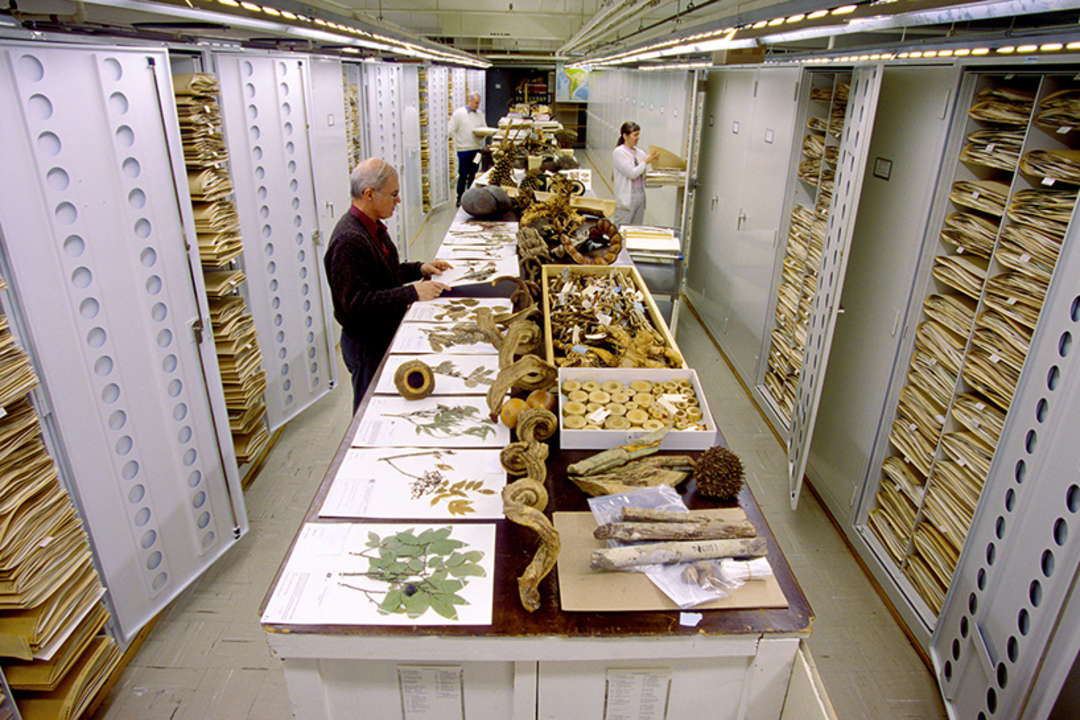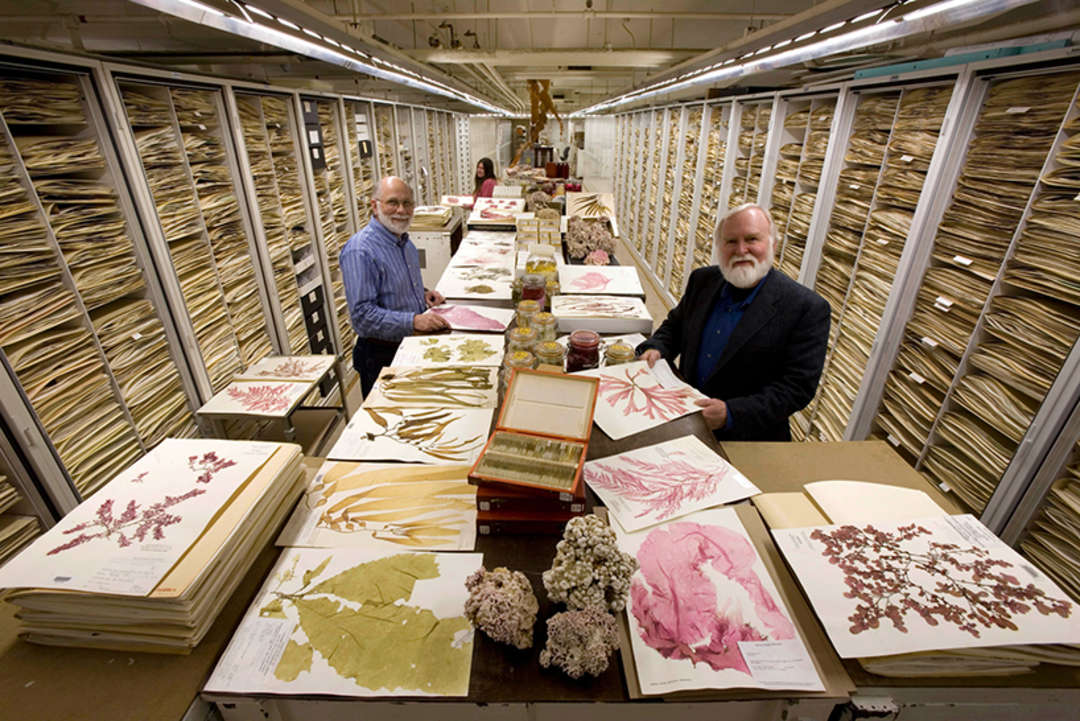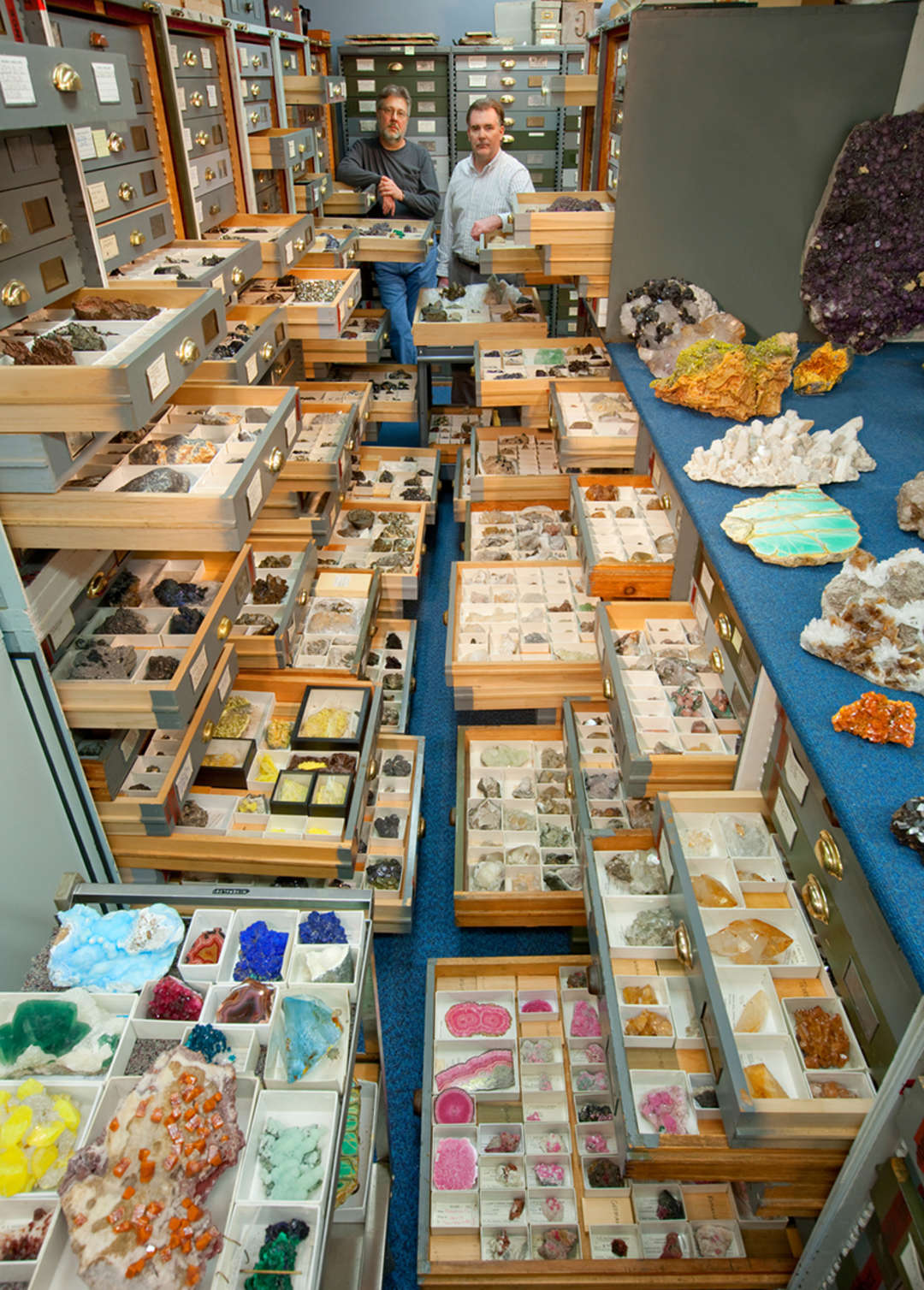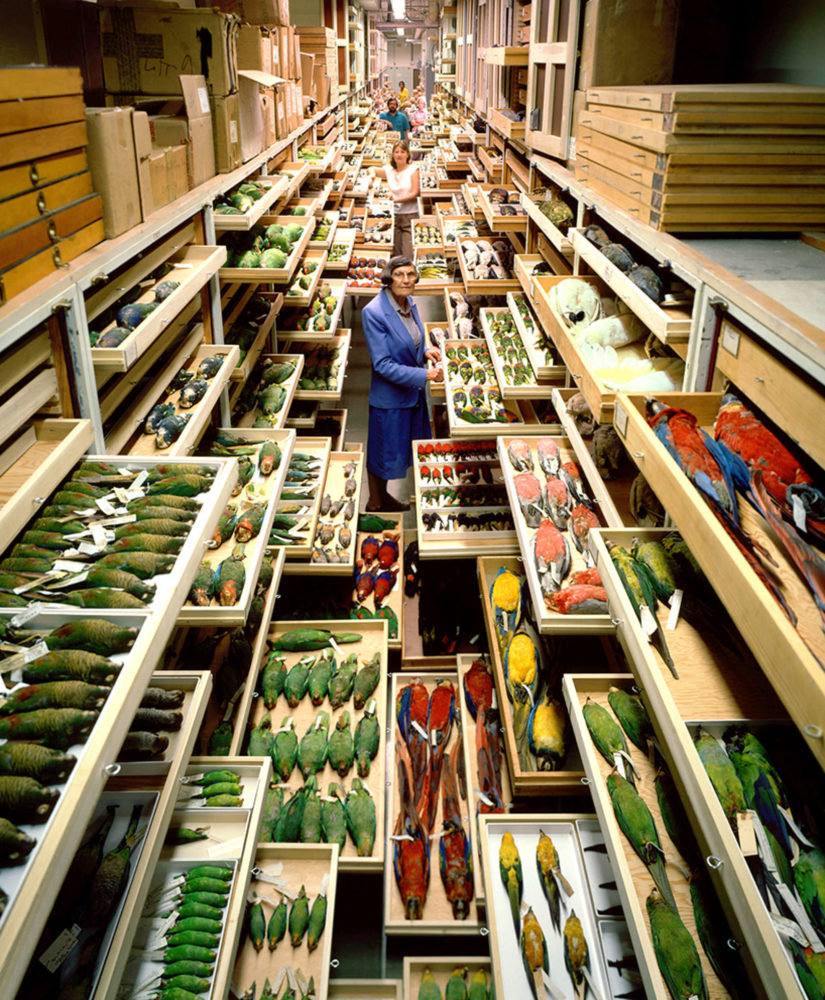
For over 35 years, Chip Clark worked as the chief photographer of the Smithsonian Museum of Natural History in Washington, DC. Talk about an enviable position! In this role, he documented everything in the museum’s vast collection, of which only a portion is accessible to the public. He was also sent on expeditions to caves in Guatemala, the Amazon rainforest and many other places where nature’s abundant wonders could be found and photographed. Now, he presents us with unprecedented access to his photographs of the Smithsonian archives.
What follows are highlights from the full collection, which can be viewed here. Enjoy!
The entomology department
The rainbow-like display of butterflies attests to the stunning diversity of nature.
The anthropology department
The anthropology department contains artifacts from a staggeringly large array of cultures.
The paleobiology department
Check out those tusks.
The invertebrate zoology department
The invertebrate zoology department will make you long for the beach … or your favorite oyster house.
The botany department and the botany/algae department
Plants may not grow well in basement archives, but they sure can be studied here.
The mineral sciences department
No, this isn’t the secret, VIP gift shop — it’s the mineral sciences department.
Mammals/whale storage facility
This spot proves you don’t need to go to the paleobiology department to see spectacularly large animal bones.

